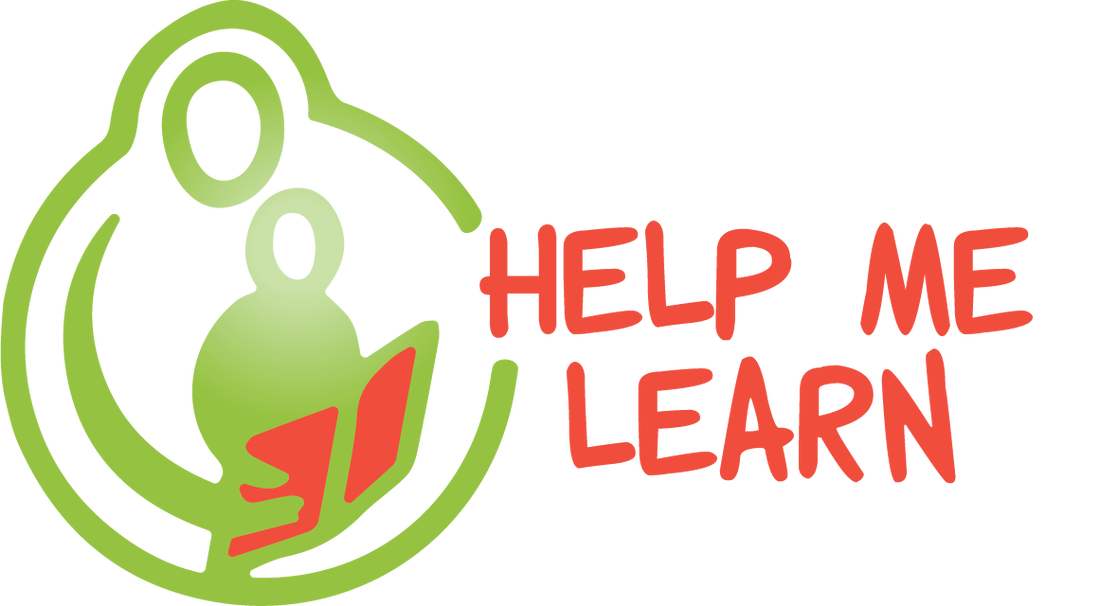|
“Creativity is as important now in education as literacy, and we should treat it with the same status.” Sir Ken Robinson I was a general classroom teacher for 15 years before specialising. Yet I can honestly say I never taught any of my students to read in all that time. There simply aren’t enough hours in a teaching year for merely teaching skills to mastery. Students need miles upon miles of mileage to truly master reading. And by that I don’t mean decoding text. I mean reading for meaning. Instead what I aimed to do was inspire. Inspire a love for words, phrases, unpacking an author’s point of view and predicting a reader’s inference. By unlocking the code of reading for meaning, students’ thirst for adventure, for knowledge, for losing themselves in imaginary worlds, drives them to pursue reading independently. To seek out genres that they personally find engaging and fulfilling. The growth in my students reading levels across the learning year, was staggering. Six years ago, I specialised in teaching visual art and digital media across kindergarten to Year 6 (ages 4-11). Again, I applied the same methods. As a specialist you may see every student in the school but for very little time. Personally, I may see a student for 18 periods a year. Hardly enough time to scratch the surface of all the possible skills that live within these subject. So I modelled my approach on the way that I used to teach reading. My aim is to awaken a love for creating. I see my role as establishing the context and providing the support for students, that inspires them along the path of personal exploration/s and to build their confidence for self expression and communication through a visual medium. Once they experience that intrinsic satisfaction unique to a creative experience, they are hooked. For me the true test of whether this method works is not the work produced in class, often skill based explorations due to minimal time and curriculum goals. It’s the independent self directed work that students take on beyond the art room - the creativity they apply to classroom work or home based pursuits. It’s the parent who tells me about how their child won’t let them go past a stationery or art supply store without buying something or asking for solutions to store the growing piles of artwork at home. It’s the child that is conceiving, prototyping, creating and making solutions to everyday problems. It’s the child that sees such problems as opportunities to be innovative. Visual Art is not a stand alone subject, only to be taught in specialist art lessons. It is a transdisciplinary way of thinking that can positively influence all aspects of our students’ lives. Visual Art is not about making pretty pictures to hang in the school corridors. Far more important and useful is the thinking that come before the product. A final product has one use but the soft skills developed during the creative process are what makes Visual Art an essential area of learning for students. Art with Mea IG: timea_oneteachersjourney, artwithmea READING COMPREHENSION questions for any text based on BLOOM'S TAXONOMY Gr 3-8
$7.50
READING COMPREHENSION questions for any text based on BLOOM'S TAXONOMY consists of 6 cards to use in your reading programme, as individual and levelled bookmarks or join all 6 into into fans. They are levelled in increasing complexity and based on Bloomʼs Taxonomy of Learning Domains, a model based on the following principles of: a 3 level comprehension hierarchy. 1) Learning that is transferring knowledge 2) Learning that is developing attitudes 3) Learning that is generating a skill These reading comprehension cards are levelled as follows:
PDF product over 25 pages. Fantastic used during reading to self and reading to a buddy, as well as with guided reading groups. Educators looking for more LITERACY resources from ONE TEACHER'S JOURNEY can visit these links: WHAT DO OTHER TEACHERS SAY? "Great product. I use it as bookmarks in my high group's chapter books. They seem to enjoy it. " "Thanks. Perfect for our reading buddies time :)" "These bookmarks have been so helpful! I have had students use these as they are independent reading and it has been extremely successful. Thank you!" "Use these all the time. Love" "Favorite part is that they are color coded! Kids really hone in on that!" "These Bloom Cards are amazing. They help plan for higher ordering thinking during Guided Reading Lessons, Shared Reading, etc... Thank you" TERMS OF USE Review these TOUs prior to purchasing. In downloading this item, you agree that you are purchasing a single user license to use this resource in your classroom or home, but this does not give you copyright. All teaching materials sold by Help Me Learn and One Teacher's Journey are for personal and use only and may not be adapted, re-sold, distributed, or translated into any other language for re-sale. You may not remove the credit in any of my teaching materials. Created by Timea Willemse, © One Teacher's Journey, © Help Me Learn On Sale On Sale Art Lesson PORTRAITS - This is Me (paint and markers)
$9.95
$5.95
THIS IS ME back to school portraits is a comprehensive visual art lesson plan inspired by US contemporary artist, Eden Gasior. A great way to create portrait art at the start or end of the year for getting to know each other. Exploring the uniqueness of self with motivational quotes and favourite personal subject matter. Combine with a unit on New beginnings at the start of a new year. Alternatively, as a wrap-up of personal development at the end of the school year. A popular and bold option for Calendar Art fundraising as well. All steps are clearly explained and photographed, giving you the confidence to deliver quality visual art lessons to your students. Includes opportunities for student choice and work produced by each students will be unique and personal. Students will build skills in :
The Lesson plan includes:
Materials you will need include:
View a short video excerpt below. FEEDBACK "Thank you, all the hard work is done. Can't wait to use this in my class" "Excellent, easy to follow instructions with beautiful examples to inspire." "This was comprehensive and easy to use. Thank you!" "Great activity for calendar art. My students are very excited and have already taken a pile of photos to choose from. Could also do a bit of a focus on photography - camera angles etc Thanks for the inspiration" Use in conjunction with this poetry lesson: WRITING POETRY: WRITE THIS IS ME POEMS IN 3 EASY STEPS FOR MORE VISUAL ART RESOURCES CLICK HERE TEACHERS SUPPORTING TEACHERS ❤️ Connect with Help MeLearn by following this store on Instagram and Facebook. Be the first to learn about new products added to the store Please preview before you buy. If you have any questions, please contact me BEFORE you purchase. ⭐️If you value more of this resource type, please consider leaving a rating. Every care is taken with publishing this resource and at times, errors can still sneak through. Rather than leaving a negative rating, first contact me directly and be specific in your feedback so that I can make those improvement, giving you and others the best quality resource. TERMS OF USE Review the TOUs prior to purchasing. In downloading this item, you agree that you are purchasing a single user license to use this resource in your classroom, but this does not give you copyright. All teaching materials sold by Help Me Learn and One Teacher's Journey are for personal classroom use only and may not be adapted, re-sold, distributed, or translated into any other language for re-sale. You may not remove the credit in any of my teaching materials. Created by Timea Willemse, © One Teacher's Journey, © Help Me Learn
0 Comments
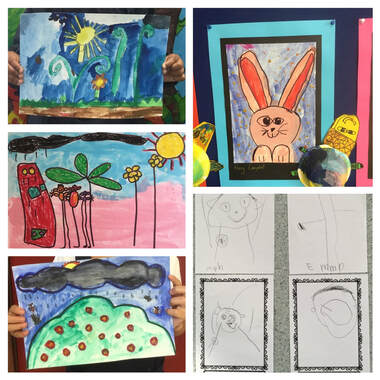 Recently I read a post on a Facebook group that stopped my scrolling thumb in its tracks. And the responses that followed from other teachers concerned me even more. The post slammed the timeless imagery in children’s artworks, calling these elements trite and cliche. Then asked for support from the Facebook community to agree - and many did, further adding their own particular frustrations to the list. So what was this teacher referring to and what was the glaring 'hole' in her point of view? When you think of children’s art, what are the images that spring immediately to mind? I’ll bet these include rainbows, hearts, corner suns, ’tadpole’ people, perhaps a unicorn. Teachers expressed frustration at seeing these childhood elements in their student’s work, year in and year out. Delving a little deeper, one could see that the writer of the post was experiencing frustration, trying to board the ‘differentiation movement’ bus, exploring teaching methodologies based in *TAB principals and recently offering more choice based centres to her students. She was disappointed when the independent work produced did not approximate the standards that she was used to achieving with teacher directed projects. The ‘hole’ here is a clear understanding of **adult vs child aesthetics. There is a vast chasm between what adults would judge as aesthetically pleasing, and that which children do. Eyes of teachers and parents have also been fooled for decades by the adult designed, reproduction art factory that has been passing as art education for several decades now. Art is about communication. Your ideas, thoughts, feelings, what you value and how you wish to impact others. Everything that an artist does, references something about them. Hearts, corner suns, rainbows, unicorns, a line of blue painted across the top of the page for sky and those strange looking eyes with two light spots are all part of developmental phases that young artists go through. The reason teachers see these elements on repeat is because - hello - we teach the same age groups year in and year out. We need to allow young artists to go through these developmental phases , just as we did at that age, and support them to move on, as and when they are ready to do so. The next time a student paints the blue sky stripe, step outside with them and ask them what they see when they look at the sky colour, where does it start and stop, does it touch the buildings or grass, then compare it to their own work and make adjustments that they (not you) noticed / learned. When they draw a corner sun, respond positively - they noticed there is a sun in the sky and they are trying to communicate that their picture is about daytime. Perhaps run a workshop on the many ways artists show suns in their work, or the positions within your picture where the sun can be located, based on the time of the day. Take students outside with view finders so they can see that the sun is usually too high in the sky to be included in the frame of their picture. Allow children to learn through discovery. While we as teachers may see these elements on repeat, year in and year out, for each young artist these representations and explorations in self-expression, are new. Don’t rush children through their childhood to meet adult aesthetic expectations sooner than they need to. Instead, appreciate that they are expressing joy and understanding of the world around them through these elements, and look for opportunities to inspire individual growth. Kia Kaha (stay strong) With love Mea IG: timea_oneteachersjourney, artwithmea References: Artwork created by 5 & 6 year olds in my art room *TAB website https://teachingforartisticbehavior.org/index.html **child v. adult aesthetics in visual art In visual arts education, educators can sometimes place more importance on art media and technique, with teachers consequently limiting and hindering a child’s creativity processes with adult-imposed goals or agendas (Plows, 2014; Vecchi, 2010; McWilliams, Brailsford Vaughns, O’Hara, Novotny & Kyle, 2014). Parent, educator or school-based achievement learning agendas in the arts must be discouraged. Jenson, K. (2018). Early childhood: Learning through visual art. He Kupu, 5 (3), 75-82. Available at https://www.hekupu.ac.nz/article/early-childhood-learning-through-visual-art Art Lesson LITERATURE - Aesop's Fable of The Tortoise and The Hare (mixed media)
$9.00
Techniques are teacher guided and includes extensive student choice opportunities. Suitable for primary / elementary school. The Tortoise and the Hare are a fantastic fable to start the year. A great way to teach children about slowing down and taking care with learning. This mixed-media art lesson was created with the help of students aged 4-5. Includes many student choice opportunities. Introduces students to 3D, papier-mâché techniques, guided drawing, oil pastels and painting. The Focus: This teacher guided lesson can be incorporated into a reading unit on fables, an inquiry unit on stories that inform and entertain us or even a beginning of the year unit about learner attributes that unpack the concepts of ‘more haste - less speed’, perseverance, focus vs rushing and being easily distracted. Students express creativity through the choices that they make along the way. Teacher guidance and demonstrations are provided to develop skills in young students. A range of materials and techniques are explored. Please view images and videos before purchasing. For more Art resources - Click Here TEACHERS SUPPORTING TEACHERS ❤️ Connect with Help MeLearn by following this store on Instagram and Facebook. Be the first to learn about new products added to the store Please preview before you buy. If you have any questions, contact me BEFORE you purchase. ⭐️ If you value more of this resource type, please consider leaving a rating and recommending to other teachers. Every care is taken with publishing this resource and at times, errors can still sneak through. Rather than leaving a negative rating, first contact me directly and be specific in your feedback so that I can make those improvement, giving you and others the best quality resource. TERMS OF USE Review the TOUs prior to purchasing. In downloading this item, you agree that you are purchasing a single user license to use this resource in your classroom, but this does not give you copyright. All teaching materials sold by Help Me Learn and One Teacher's Journey are for personal classroom use only and may not be adapted, re-sold, distributed, or translated into any other language for re-sale. You may not remove the credit in any of my teaching materials. Created by Timea Willemse, © One Teacher's Journey, © Help Me Learn Art Lesson Link - exploring sunsClick the button below to be taken to our lesson plan SUMMER SPARKLE. One of the developments that it promotes is to celebrate those corner suns and modify them through the lens of an artist. These examples were created by 6 year olds in my art room. Kia Kaha (stay strong) With love Mea Art lesson SEASONS - Summer Sparkle (paint)
$9.00
This visual art lesson plan is a great way to combine art with a Science inquiry into the changing Seasons, weather, the ocean and summer holidays. All steps are clearly explained and photographed, giving you the confidence to deliver quality visual art lessons to your students. Includes opportunities for student choice. Artist biography included for Hokusai. This art lesson covers junior fine-motor skills like smooth and accurate painting. The elements of line and colour are also explored. Suggested success / assessment criteria are included for drawing and painting skills as well as conceptual understanding of colour. Use this comprehensive lesson plan and guide your students through creating artworks of a summer ocean scene with waves and sparkling sun, that celebrates summer and nature. This lesson has built in choice for differentiation, while keeping the skills taught consistent across the class, to save your sanity. But you don't need to take my word for it, see what teachers say about the added value they gained from this product. TPT Buyer PRAISE FOR: SUMMER SPARKLE: ⭐️⭐️⭐️⭐️⭐️ "I have been so impressed with your season art units that I have purchased them all. Not being a particularly arty person I always will give things a try especially as the younger children learn so much being creative. I look forward to putting this unit to use." Picture books have been referenced among a list of resource links and a clear and comprehensive photo journal of each step of the process has been provided. Student and teacher exemplars of work in progress and also the completed works. Links to my video painting demonstrations have been provided for extra support. ❤️ Take the guesswork out of teaching art, avoid the epic fails that result from not having the time to trial the lesson or media yourself before teaching it. I’ve done it all for you and trailed this lesson with my own students, aged 5-6 and is suitable from first grade through 5th grade. I am both a general ed classroom teacher and currently practising as a Visual Art and Digital Media specialist educator, teaching students from ages 4-12, at a primary school. ❤️ How will this resource help busy teachers, who are nervous about teaching art? No worries - I’ve got you covered. This lesson comes as a full colour PDF teacher guide, with a bumper 68+ slide deck, where all steps are clearly explained and photographed, from start to finish, giving you the confidence to deliver a series of quality visual art lessons to your students. ❤️ All the materials & skills are also clearly listed for you. It’s like having an art specialist with you in your classroom. The PDF slides are purposely designed in landscape orientation to share with your students as a presentation on your large screen. This extra visual support will prove useful to you and your students, particularly diverse learners, and will also save yourself having to repeat the same instruction, multiple times a lesson. Select VIEW > enter full screen for presentation mode. Then use the arrow keys on your keyboard to drive a smooth slideshow experience, like a pro :) Encourage students along the way, to follow choice options and create their unique artwork, while being guided by the information on the slides. ⏰ How long will this project take to finish? This art project will span multiple lessons, depending on the age and stage of students and the size of paper /media/ style you or your students choose. Chunk into small manageable lessons, to allow for drying time after painting sections. Between 4-6 lessons. View the PDF & Video previews above, then add to cart and smile, knowing you will soon have beautiful artwork on the walls and students glowing with pride! ❤️ So what is special about this resource? SUMMER SPARKLE art project is NOT a superficial art or craft option. As a specialist in this field, I write lessons that encourage deeper, cross-curricular learning and make meaningful connections to other subject areas. This IS:
Inspired by Summer traditions in of heading to the oceanside for a holiday. This lesson plan can be the perfect companion art project for students inquiring into ✏️ Earth Day ✏️ Sharing the Planet (IB PYP) ✏️ Change- cycle of seasons (Summer) ✏️ Weather, ✏️ How The World Works (IB PYP) ✏️ Summer holidays ✏️ Cultural traditions ✏️ Who We Are (IB PYP) ✏️ And a great extension activity for shared picture books - some suggestions included. Students can express their unique ideas through personal choices and modifications, while working through the guided project with examples. Pausing in places to discuss next steps with students, check understanding and explore potential student responses or modifications, bringing personal creative ideas to the tutorial. This addresses the Viewing & Responding to artwork objectives in a purposeful way. ✅ What is included in SUMMER SPARKLE art project? A 68+ slide PDF teaching support document for step-by-step guidance and reference, intentionally designed in landscape orientation. To share with your students as a presentation on your large screen. Select VIEW > enter full screen. Then use the arrow keys on your keyboard to drive a smooth slideshow experience, like a pro :) This PDF includes step-by-step support & teaching instructions for:
✅ What knowledge, techniques and skills will my students learn?
✅ That sounds great! So what about the Visual Art focus?
✅ Bonus inclusion: This project also aligns to the International Baccalaureate Primary Years Programme art curriculum View the PDF & Video Previews above, then add to cart and smile, knowing you have just saved yourself heaps of time and effort! If your year group is learning about weather or seasons, consider the following art units so that each class could work on an art response to a different season (or see our bundled resources): TEACHERS SUPPORTING TEACHERS ❤️ Connect with Help MeLearn by following this store on Instagram and Facebook. Be the first to learn about new products added to the store Please preview before you buy. If you have any questions, contact me BEFORE you purchase. ⭐️ If you value more of this resource type, please consider leaving a rating and recommending to other teachers. Every care is taken with publishing this resource and at times, errors can still sneak through. Rather than leaving a negative rating, first contact me directly and be specific in your feedback so that I can make those improvement, giving you and others the best quality resource. TERMS OF USE Review the TOUs prior to purchasing. In downloading this item, you agree that you are purchasing a single user license to use this resource in your classroom, but this does not give you copyright. All teaching materials sold by Help Me Learn and One Teacher's Journey are for personal classroom use only and may not be adapted, re-sold, distributed, or translated into any other language for re-sale. You may not remove the credit in any of my teaching materials. Created by Timea Willemse, © One Teacher's Journey, © Help Me Learn Art Lesson SEASONS - Beach Days in Summer (oil pastels and paint)
$9.00
Techniques are teacher guided and includes extensive student choice opportunities. Suitable for primary / elementary and middle school. This bright summer themed art resource was realised with children aged between 8-9 as a fund-raiser for calendar art pieces. Inspired by a class beach trip and student artwork viewed on-line. Work is created with oil pastels, references cool and warm colour families and colour tones. An alternative or extension option using paint is also included. All instructions are clearly photographed and written step-by-step to help you teach this lesson to your students too. TEACHERS SUPPORTING TEACHERS ❤️ Connect with Help MeLearn by following this store on Instagram and Facebook. Be the first to learn about new products added to the store Please preview before you buy. If you have any questions, contact me BEFORE you purchase. ⭐️ If you value more of this resource type, please consider leaving a rating and recommending to other teachers. Every care is taken with publishing this resource and at times, errors can still sneak through. Rather than leaving a negative rating, first contact me directly and be specific in your feedback so that I can make those improvement, giving you and others the best quality resource. TERMS OF USE Review the TOUs prior to purchasing. In downloading this item, you agree that you are purchasing a single user license to use this resource in your classroom, but this does not give you copyright. All teaching materials sold by Help Me Learn and One Teacher's Journey are for personal classroom use only and may not be adapted, re-sold, distributed, or translated into any other language for re-sale. You may not remove the credit in any of my teaching materials. Created by Timea Willemse, © One Teacher's Journey, © Help Me Learn |
Thoughts on TeachingStuck for ideas? Grab a cup of tea, put your feet up and settle in to read my teaching blog focused on all matters in teaching and Visual Art. Archives
March 2023
Categories |

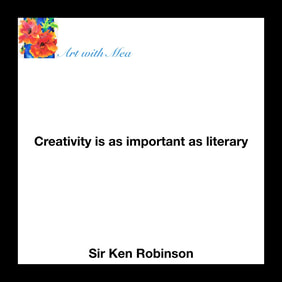
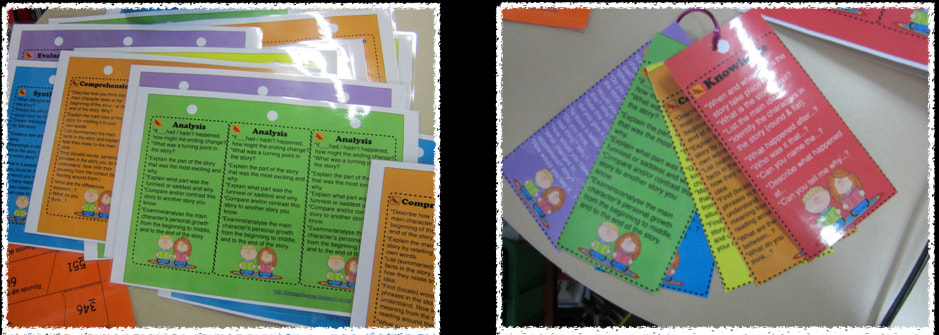
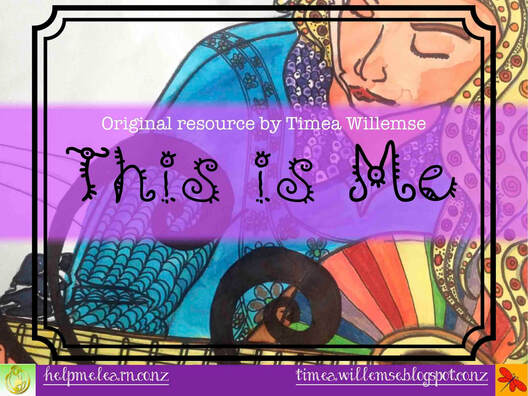
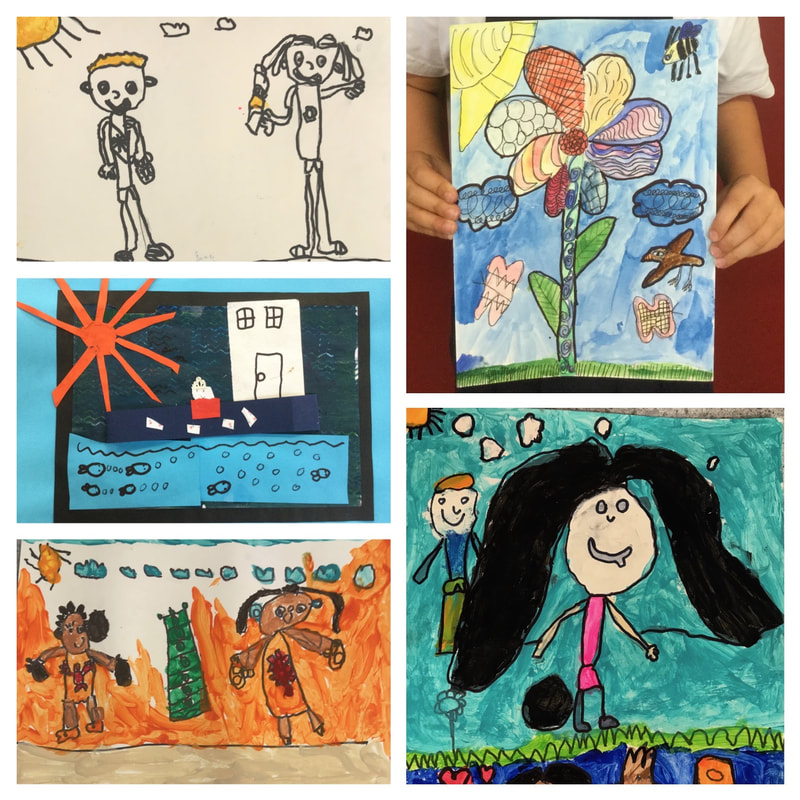
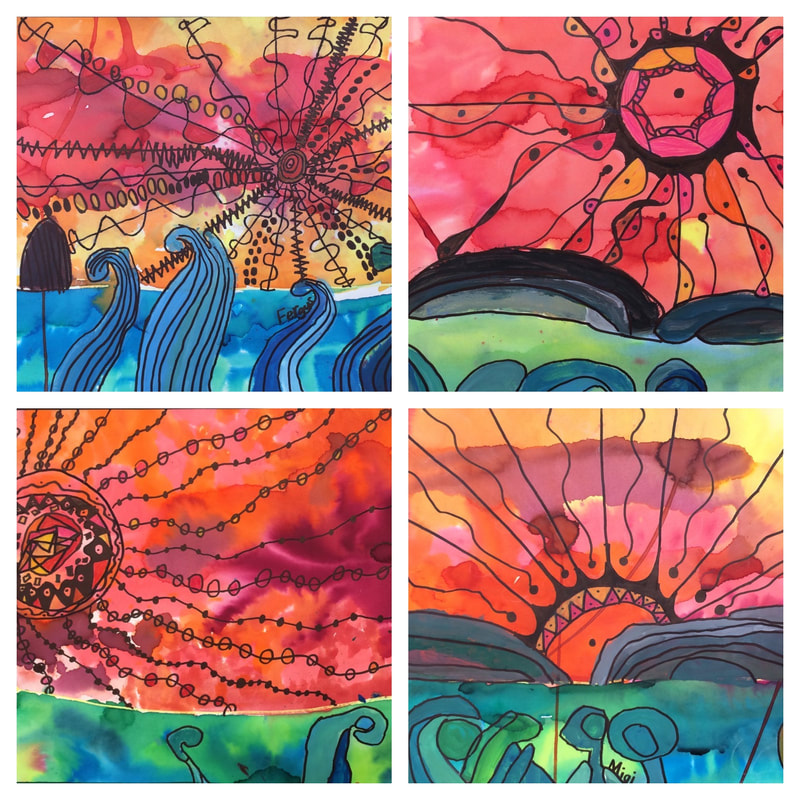
 RSS Feed
RSS Feed
